Resource Hub
The latest thinking from the world of compliance and regtech.
Spring ‘24 Product Update: Automations, 4 New Apps (Gmail, Outlook, Google Sheets, Excel), And More

Courtney Chuang
Head of Product Marketing
Filter
Category
Topic
Asset Type
Hummingbird Labs
Our work building compliance-grade AI to help fight financial crime.
Stay Connected
Subscribe to receive new content from Hummingbird
Downloads
Tools, guides, e-books, and other helpful compliance materials.
Stay Connected
Subscribe to receive new content from Hummingbird
Insights
Opinions and big-picture thinking about the future of compliance.
Stay Connected
Subscribe to receive new content from Hummingbird
Product
The latest releases and new features for Hummingbird's platform.
Stay Connected
Subscribe to receive new content from Hummingbird
Learning
Important compliance topics focused on key concepts and contextual relevance.
Stay Connected
Subscribe to receive new content from Hummingbird


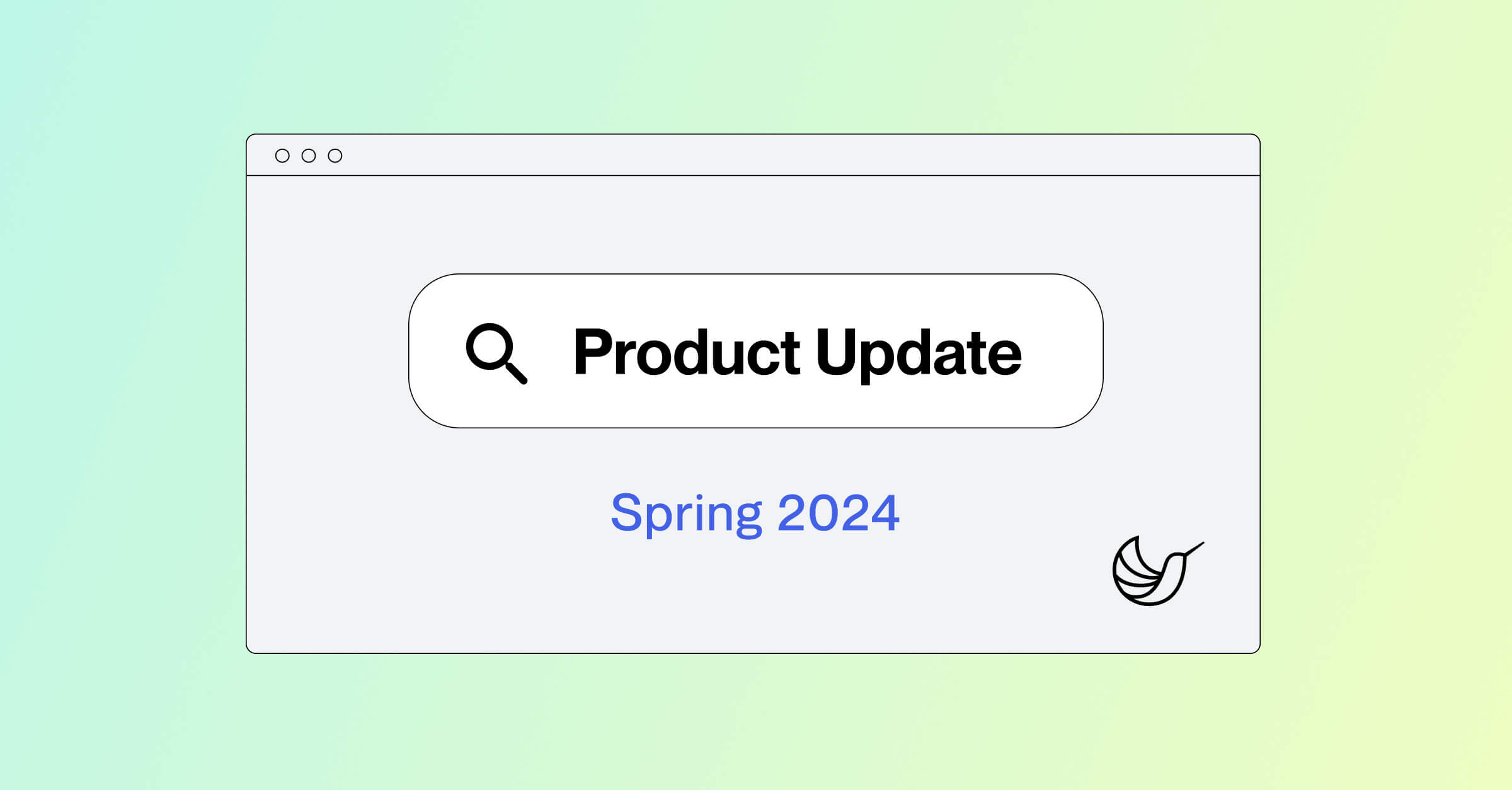

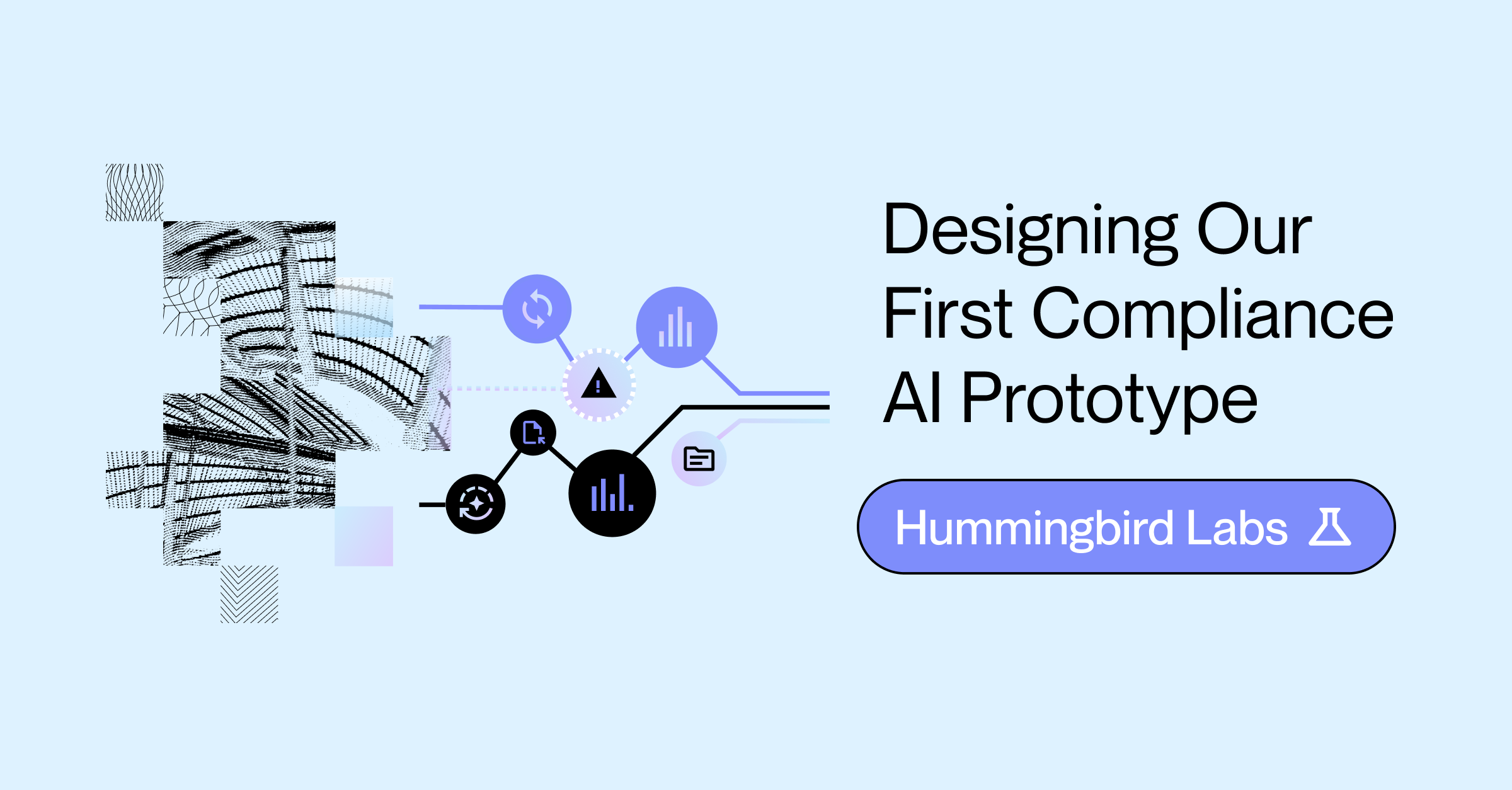








%20to%20Use%20Each%20to%20Improve%20Compliance%20Operations.png)



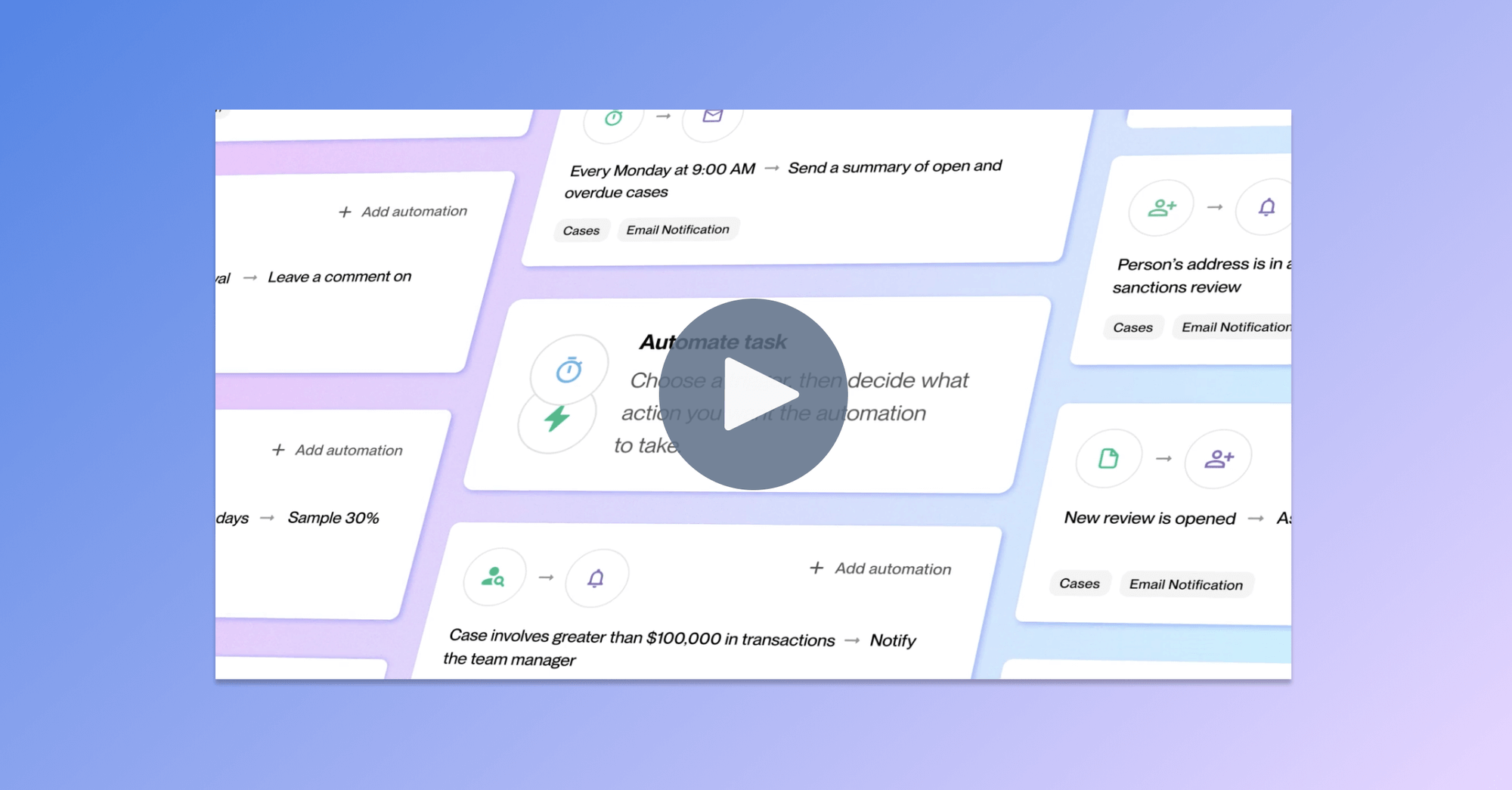

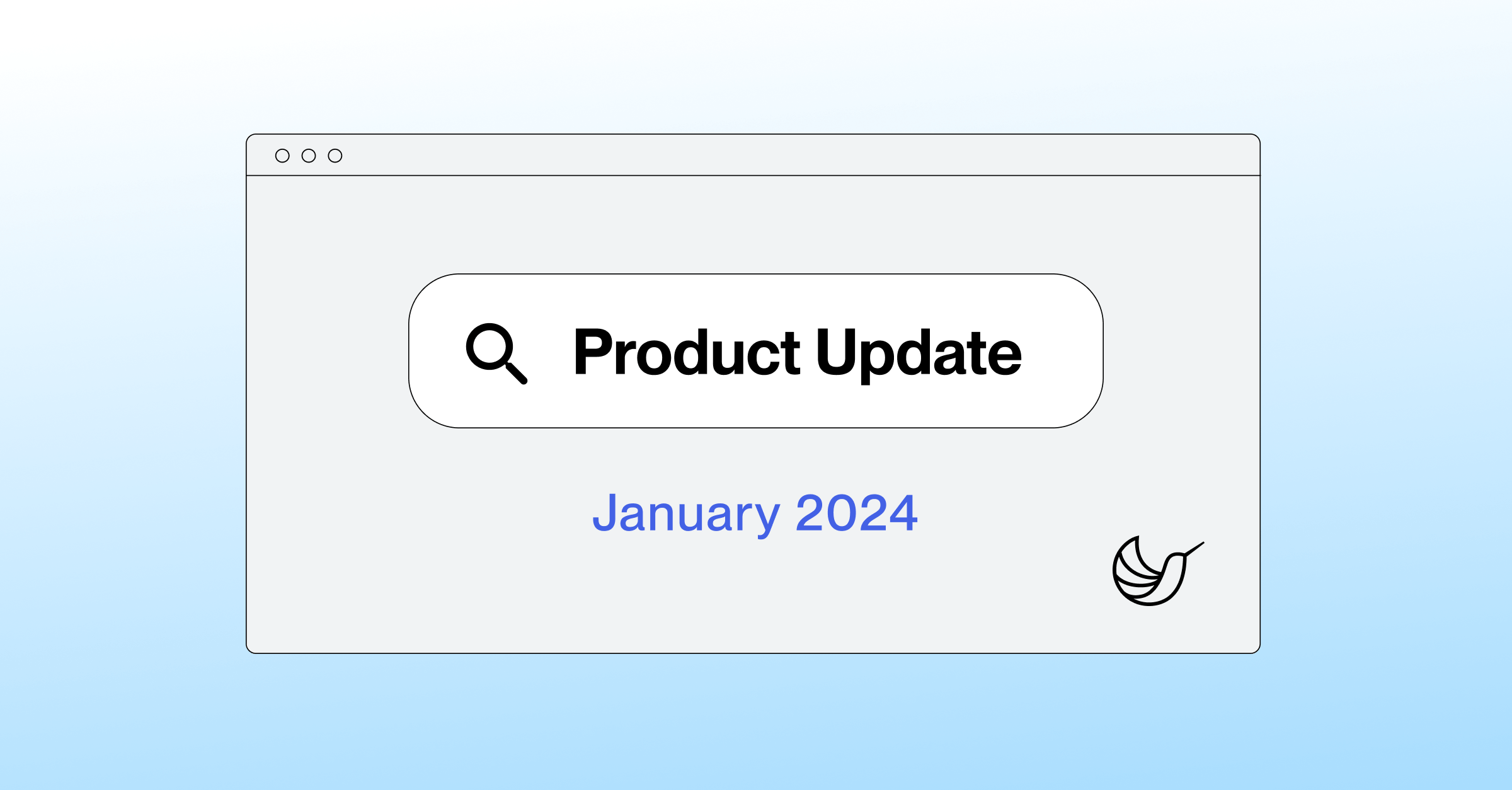
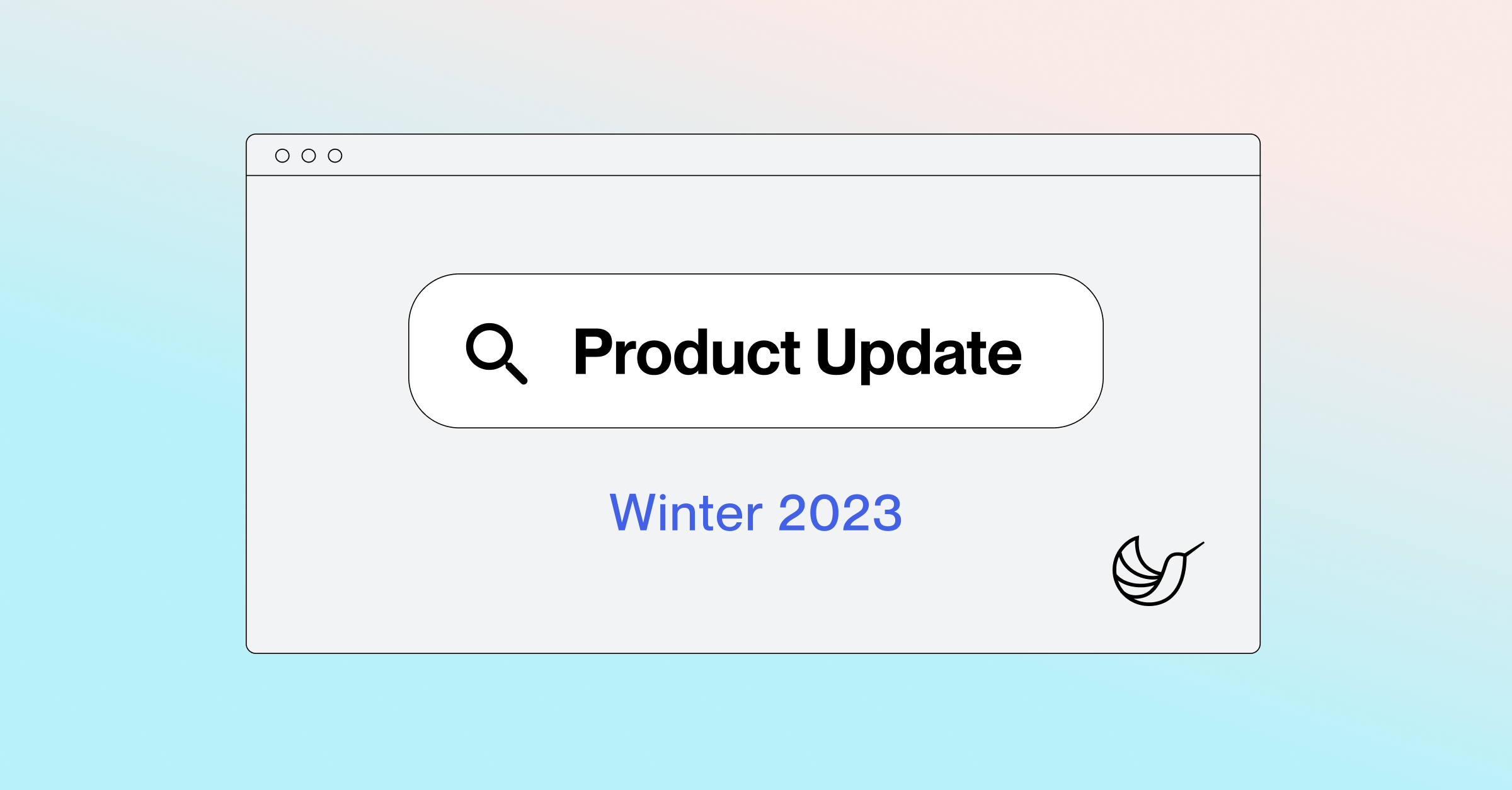


_.png)

_.png)
_.png)